Among the U.S. military installations in the Republic of Korea, one stands out.
Situated approximately 40 miles south of Seoul and nestled along Korea’s western coast is the largest and most extensive U.S. overseas military base—U.S. Army Garrison Humphreys.
As the Army’s home in Korea, USAG Humphreys has been called “the largest power projection platform in the Pacific,” and it boasts the Army’s most active overseas airfield, Desiderio Army Airfield. This year, it’s expected that the USAG Humphreys population will grow to more than 38,000 U.S. and South Korean personnel who live or work on the nearly 3,500-acre installation.
The installation itself is home to three joint four-star-level commands, all led by one Army general officer, and an Army three-star-level command. It also houses several two-star-level commands, including the 2nd Infantry Division, the only combined Army division in the world, and several other types of units.
These strategic-, operational- and tactical-level commands are focused on deterring a real threat approximately 90 miles to the north, just on the other side of the Demilitarized Zone. If the alliance’s deterrence of the Democratic People’s Republic of Korea fails, these commands, along with their Republic of Korea counterparts, are prepared to fight and defend the Korean homeland and protect U.S. national interests.
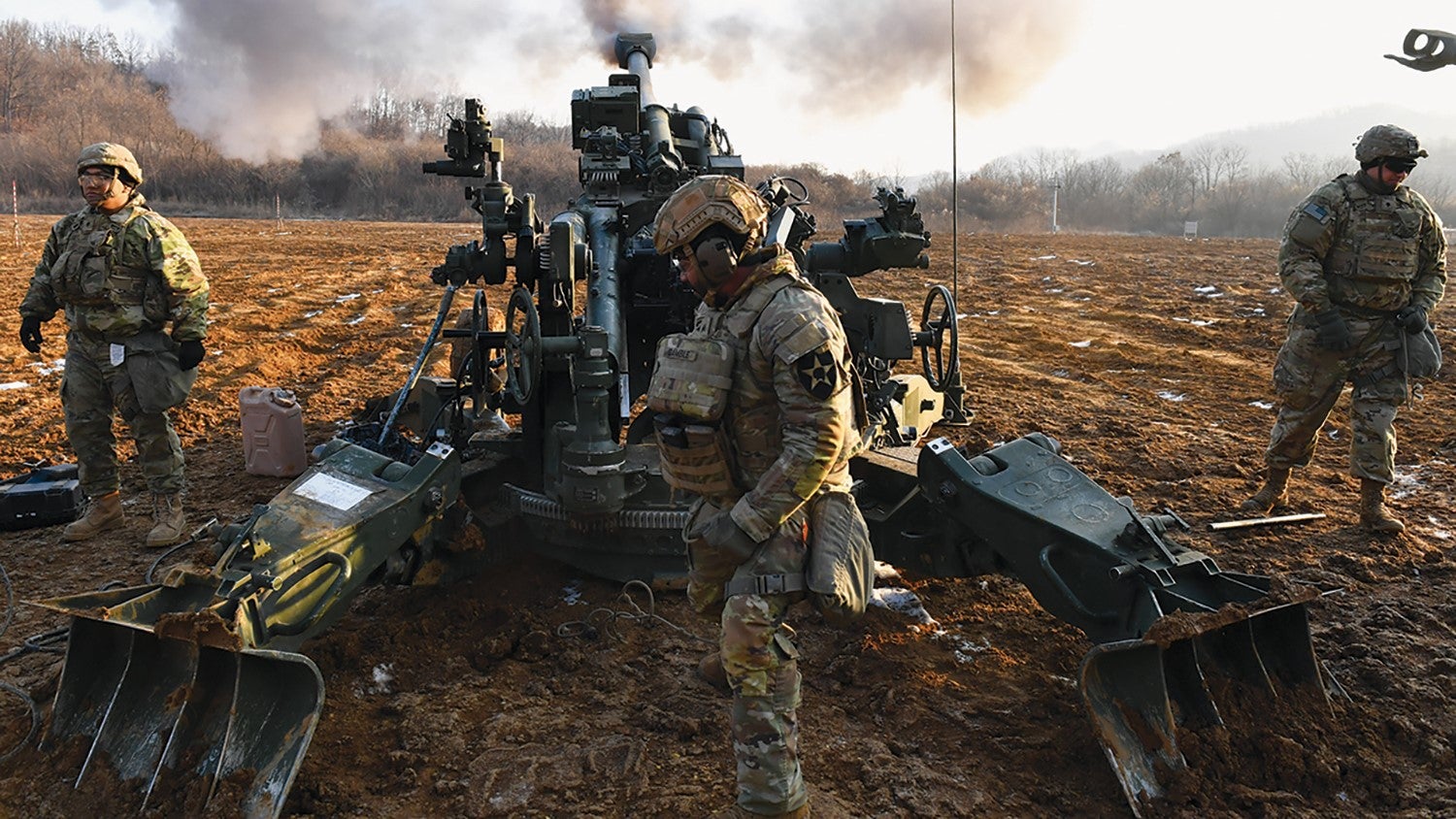
Legacy of Service
Upon getting orders to Korea, soldiers soon realize they’ve received a purposeful assignment: They are now part of a legacy of U.S. soldiers and multinational service members who, for the past 70 years, have stood shoulder to shoulder with the Republic of Korea to help maintain its armistice with North Korea.
Opportunities abound in Korea for every MOS and civilian career program in the U.S. Army’s inventory. Whether it’s a one-year unaccompanied tour or a two-year command-sponsored assignment, soldiers spend every workday increasing their unit’s combat readiness. Beyond their daily mission, they also have the unique opportunity to build relationships and immerse themselves in the beauty of Korea and its rich culture.
At the strategic level, service members can be assigned to the U.N. Command, the Combined Forces Command or U.S. Forces Korea, and have the chance to work with service members from other services, the Republic of Korea and up to 22 U.N. “sending state” countries, as well as other government agencies.
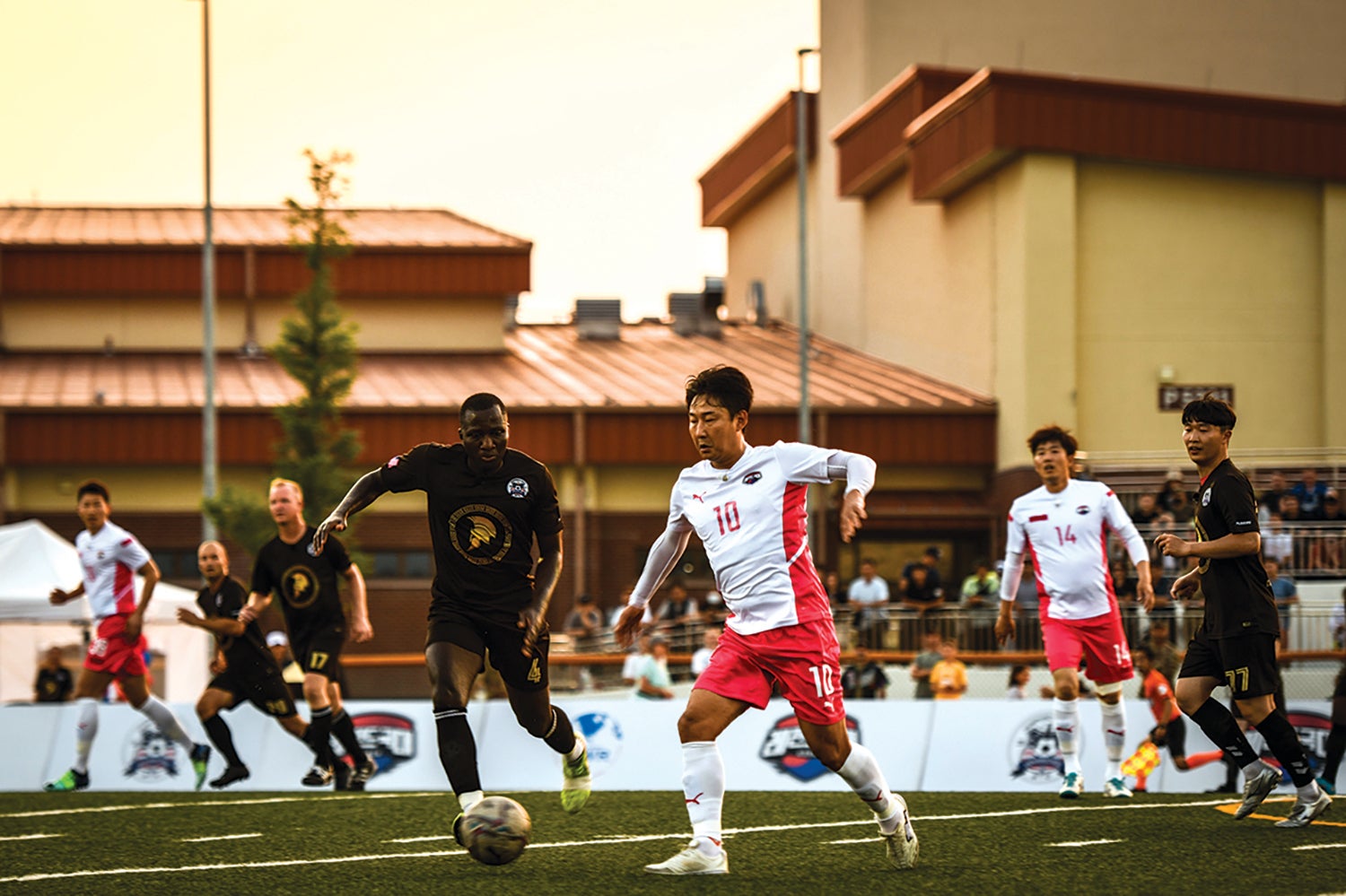
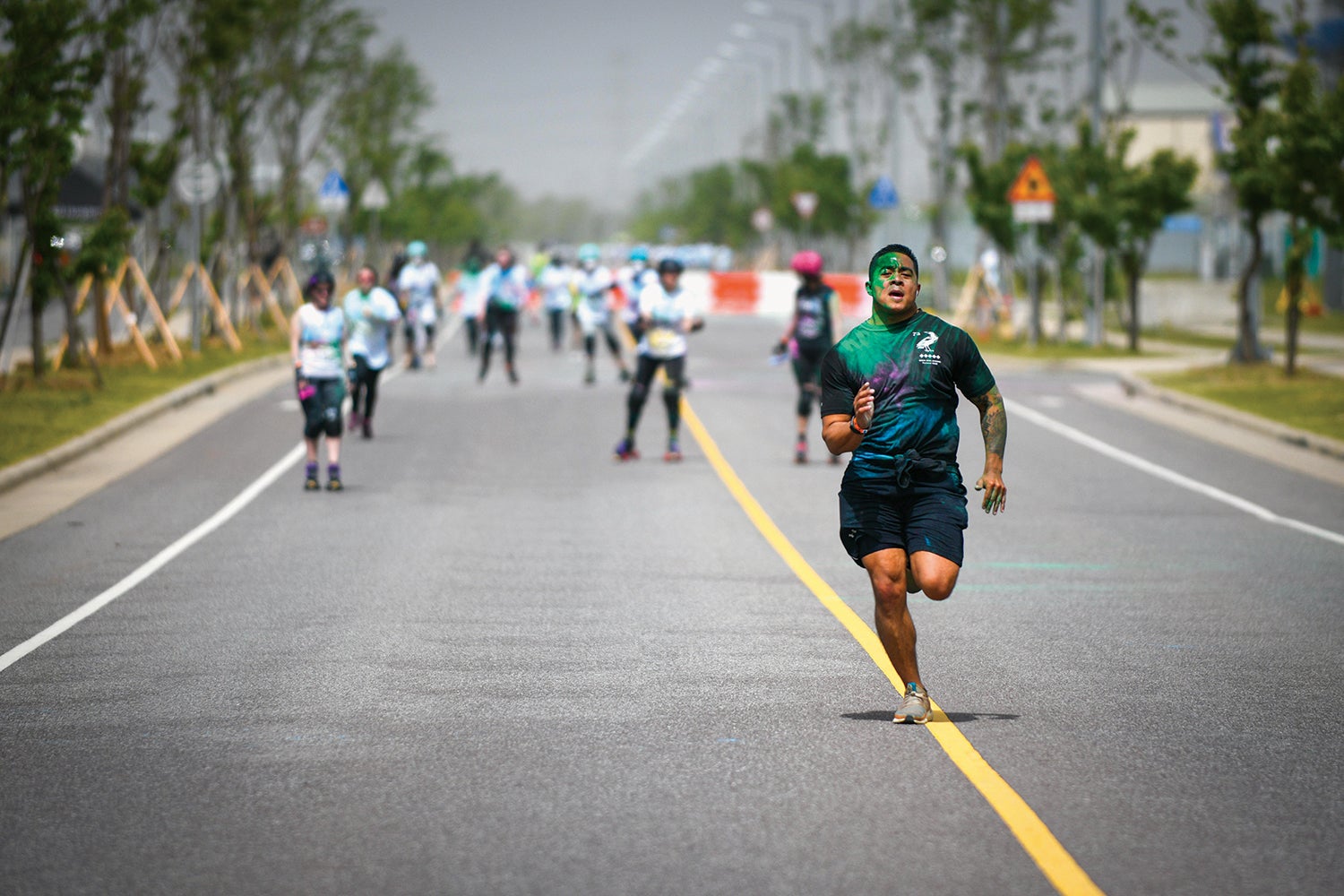
Army Gen. Paul LaCamera leads the three joint four-star commands headquartered on USAG Humphreys, and Command Sgt. Maj. Jack Love serves as the senior enlisted adviser. As two experienced and decorated combat leaders, they understand the value of building trust throughout the three organizations. This trust enables personnel to feel comfortable innovating and experimenting to find solutions to complex problems faced by the commands.
The U.N. Command continues its unbroken commitment to secure a lasting peace on the Korean Peninsula by preserving the armistice agreement, facilitating diplomacy with North Korea and serving as the integrator for multinational forces during crisis or conflict. Many soldiers who serve with U.N. Command will work alongside sending state personnel and the embassies they represent.
The Combined Forces Command is the heart of the Republic of Korea-U.S. alliance, and this year will mark the 45th anniversary of the two nations’ service members working as a combined staff.
In November, the Combined Forces Command completed its relocation from Yongsan Garrison in Seoul to USAG Humphreys in Pyeongtaek, ushering in the final phase of the Yongsan relocation initiative. The command forms a complex and effective allied theater military architecture—bringing the vast assortment of U.S. and Republic of Korea capabilities to bear in defense of the country—and supports both nations’ diplomatic, security and economic efforts.
U.S. Forces Korea is the personification of the United States’ ironclad commitment to the defense of the Republic of Korea. It is the force provider to Combined Forces Command and has stood side by side with U.N. sending state partners for more than 70 years. U.S. Forces Korea supports the defense of South Korea through employment of agile forces and strategic deterrence to set the conditions for stability and security on the Korean Peninsula.
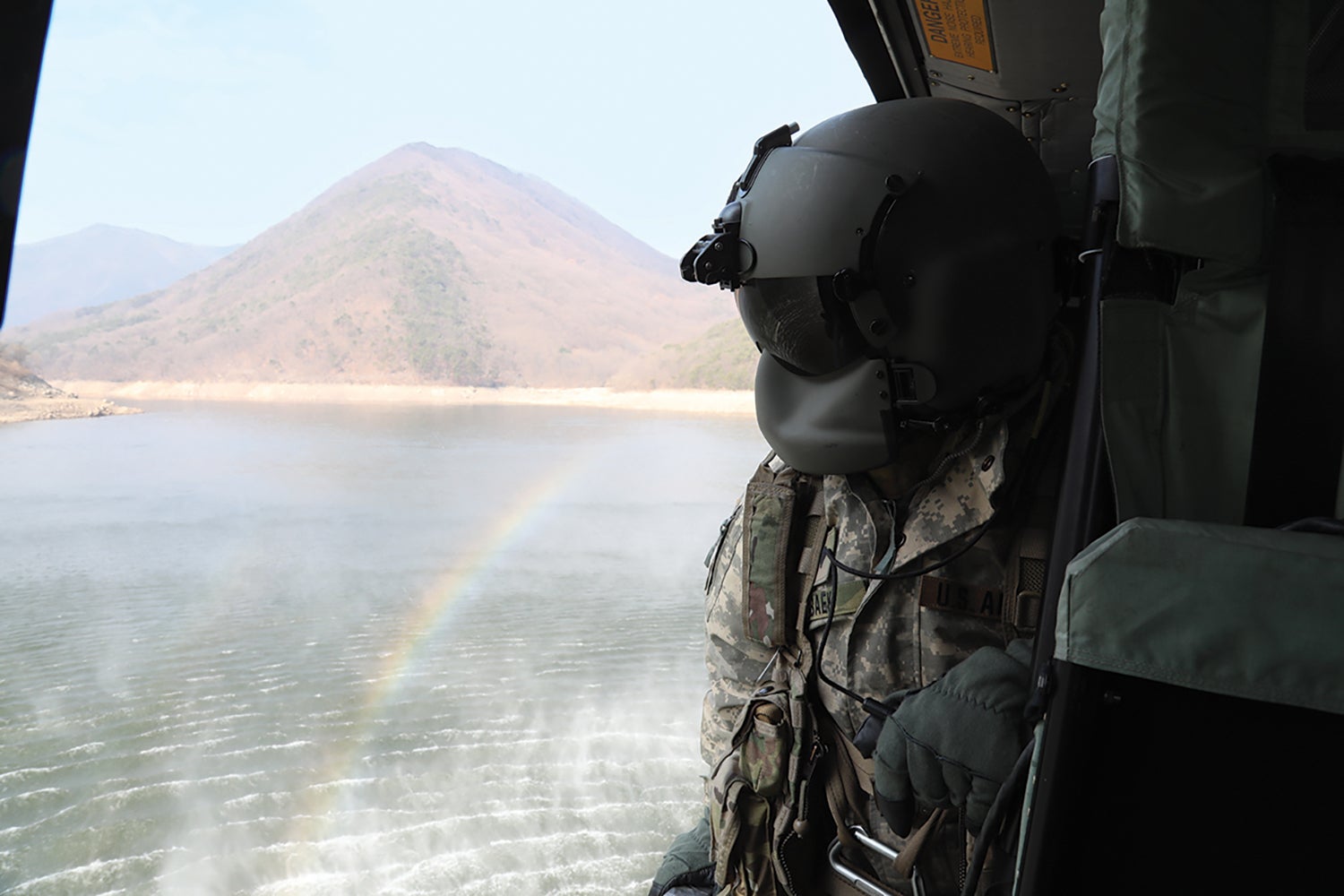
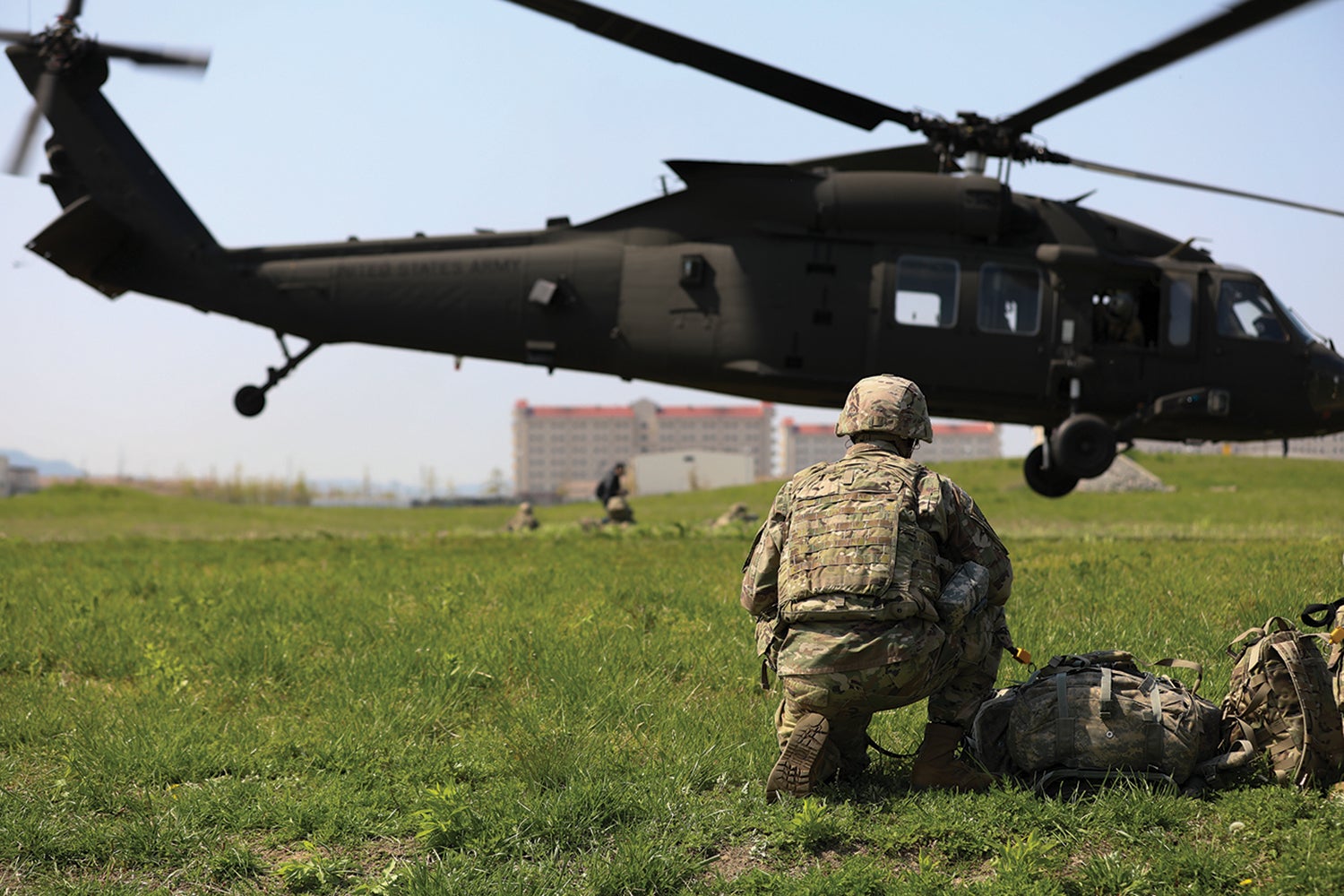
‘Fight Tonight’ Force
Eighth Army is the largest service component at USAG Humphreys. Known as “America’s Pacific Guardians of Freedom,” it is commanded by Lt. Gen. Willard “Bill” Burleson, and Command Sgt. Maj. Robert Cobb is the senior enlisted leader.
As a forward-deployed unit, Eighth Army is responsible for providing a “fight tonight” force, contributing to regional stability and maintaining the interoperability and capability to rapidly expand theater capacity.
Organized under Eighth Army is the 2nd Infantry Division, a Republic of Korea-U.S. combined division.
The 2nd Infantry Division is the last permanently forward-stationed division in the U.S. Army. The troops in this division are led by Maj. Gen. David Lesperance and Command Sgt. Maj. Kenneth Franco. In 2015, the unit was activated as a combined division when it partnered with the Republic of Korea’s 16th Mechanized Brigade to improve combined operations capabilities. The division staff includes a Republic of Korea deputy commanding general and chief of staff. Because of this unique partnership, soldiers can apply for constructive joint credit after their assignment.
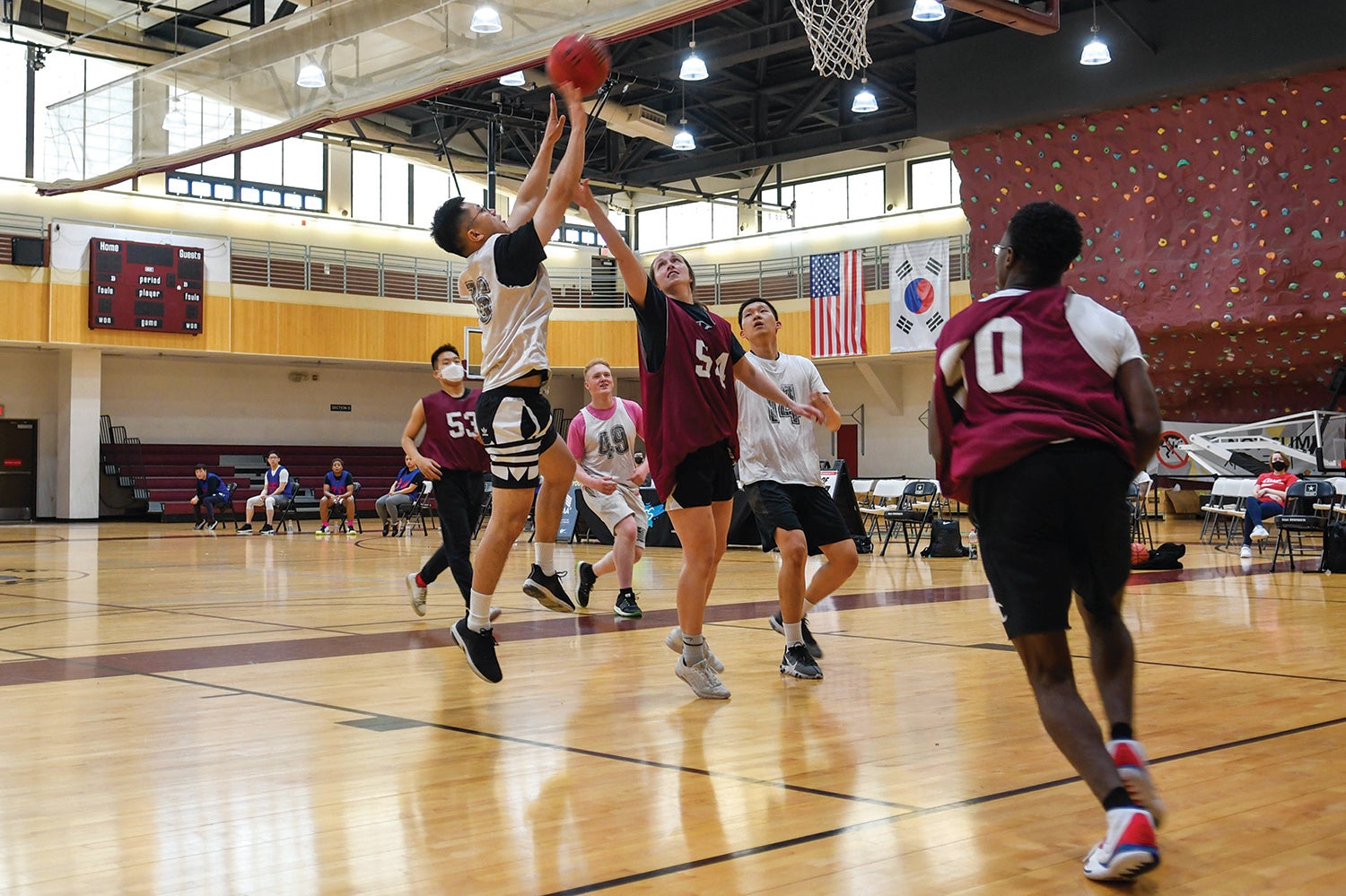
Also residing at USAG Humphreys are additional component commands with unique missions: U.S. Special Operations Command-Korea, U.S. Marine Corps Forces-Korea and U.S. Naval Forces-Korea.
At Special Operations Command-Korea, the commanding general is Air Force Maj. Gen. Michael Martin, and the senior enlisted leader is Army Command Sgt. Maj. JoAnn Naumann. The unit is the only theater special operations command where U.S. and host-nation special operations forces are institutionally organized for combined operations. Special Operations Command-Korea and the Republic of Korea Army Special Warfare Command regularly train in their combined roles, while Special Operations Command-Korea’s Special Forces Detachment acts as liaison between Republic of Korea Special Forces and U.S. Special Forces.
Although soldiers can’t be assigned to U.S. Marine Corps Forces-Korea or U.S. Naval Forces-Korea, they interact and train with personnel from these units on a routine basis due to the mission, number of exercises and community engagement opportunities on the peninsula.
These are just a few of the units on USAG Humphreys where soldiers and service members can grow professionally. Acquisition, intelligence, engineers, foreign affairs officers and many more have the opportunity to do their job and gain career-enhancing experiences.
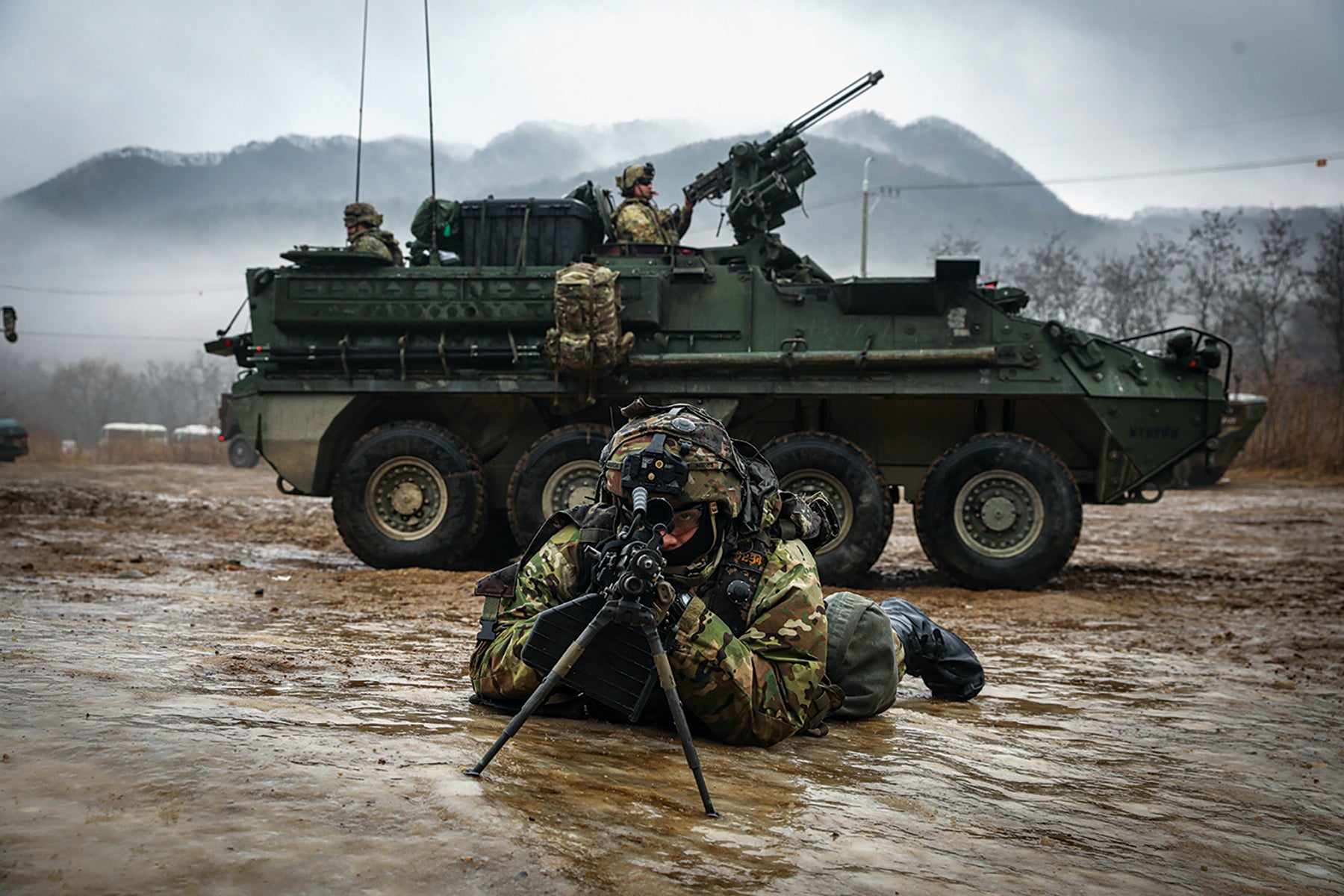
Enhanced Quality of Life
Beyond being an excellent place for soldiers and service members professionally, USAG Humphreys provides amenities for single soldiers and Army families.
USAG Humphreys’ Better Opportunities for Single Soldiers program won the 2021 U.S. Army Installation and Management Command-Pacific Best BOSS program and has continued to improve each year.
The installation also enhances soldier and family quality of life by providing an array of amenities, including the largest post exchange in the Indo-Pacific region, five fitness centers, two indoor pools, a water park that can accommodate up to 1,000 people, a state-of-the-art golf course, movie theaters, restaurants and more. There also are four DoD schools and two libraries providing for over 3,000 military children.
Humble Beginnings
Today’s USAG Humphreys has come a long way from its humble beginnings in 1919 and from the airfield that was repaired and enhanced for the U.S. Air Force and Marines to use at the outbreak of the Korean War.
It is now a premier installation that offers options for service members to sharpen their leadership skills in a fast-paced environment and for Army civilians to assume increasing levels of responsibility and tackle unique challenges, while offering an excellent quality of life for families.
Most importantly, USAG Humphreys serves as a hub for Koreans, Americans and sending state members to continue strengthening relationships, which will enable continued peace and security on the Korean Peninsula and throughout Northeast Asia.
Col. Isaac Taylor is the public affairs director for the U.N. Command, Combined Forces Command and U.S. Forces Korea, South Korea. Previously, he served as the public affairs officer for then-Vice Chief of Staff of the Army Gen. Joseph Martin. He also has served as a team chief on the Army Press Desk, Army Chief of Public Affairs Office, the Pentagon.

